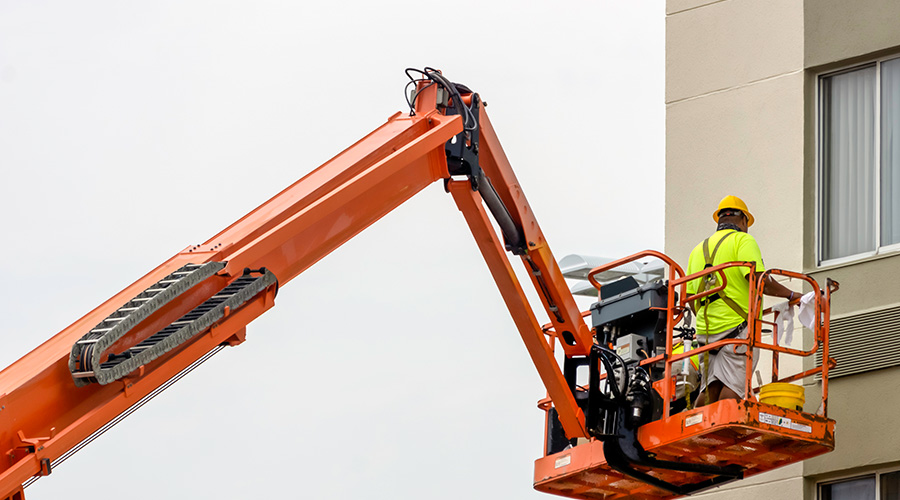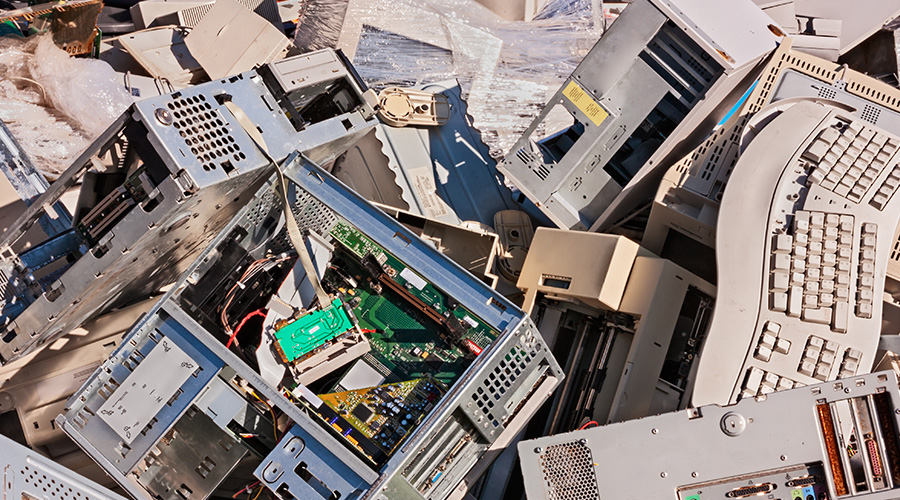Hazmat Management: A Nine-Step Program
More than 32 million workers are exposed to 650,000 hazardous chemical products in more than 3 million U.S. workplaces, according to the Occupational Safety and Health Administration (OSHA). These materials pose a serious challenge for maintenance and engineering managers and front-line technicians.
Hazardous materials include everything from school-laboratory chemicals to dry and liquid chemicals workers use for maintenance and housekeeping activities. To reduce the risk of managing these materials and implement a cradle-to-grave strategy, managers must address a series of key issues.
Evaluating Management
Conducting an evaluation of a facility's hazardous materials management practices and policies is important for several reasons.
First, the evaluation allows managers to identify and address potential issues regarding chemicals workers use in their departments, such as unlabeled containers, leaking chemical containers, or unused and outdated products.
Second, an evaluation helps highlight priority areas managers can improve upon to help a facility comply with regulations.
Third, it enables managers to identify and significantly reduce the areas in which hazardous chemicals and their related waste streams exist. The results of these efforts include a safer work area, improved regulatory compliance, a reduced impact of facilities on the environment and the community, and direct and indirect cost savings.
Elements of an effective hazardous materials management program include:
- taking inventory of chemicals
- buying chemicals; specifically, strategies to buy fewer and less toxic chemicals
- budgeting and reducing costs for chemical management from cradle to grave
- developing a sustainable chemical inventory system, including proper storage and labeling
- identifying and packaging mismanaged and unnecessary chemicals for removal
- ensuring proper disposal, reuse, reclamation, and recycling of used or unnecessary chemicals
- identifying needs related to worker training and personal protective equipment (PPE)
- implementing improved chemical-use strategies
- developing and implementing more environmentally responsible maintenance and cleaning practices.
Related Topics:
















